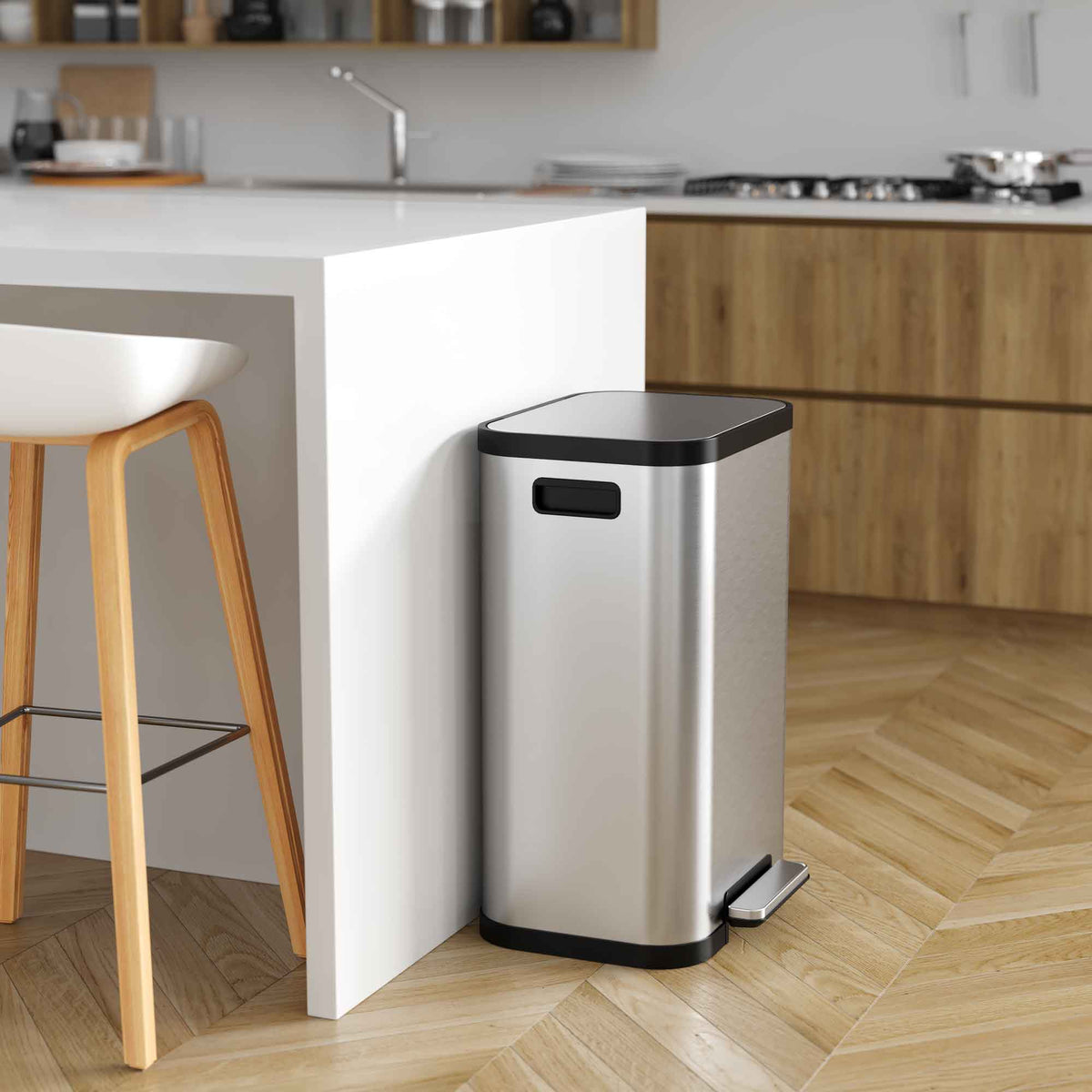Introduction: The Importance of Choosing the Right Trash Can Size
The kitchen trash can is an essential fixture in any household, responsible for containing and disposing of waste generated during food preparation and daily activities. However, selecting the right trash can size can be a challenging task, as it depends on various factors such as household size, waste volume, and available space. In this article, we’ll explore the average kitchen trash can sizes available on the market, along with considerations for choosing the appropriate size to meet your needs effectively.
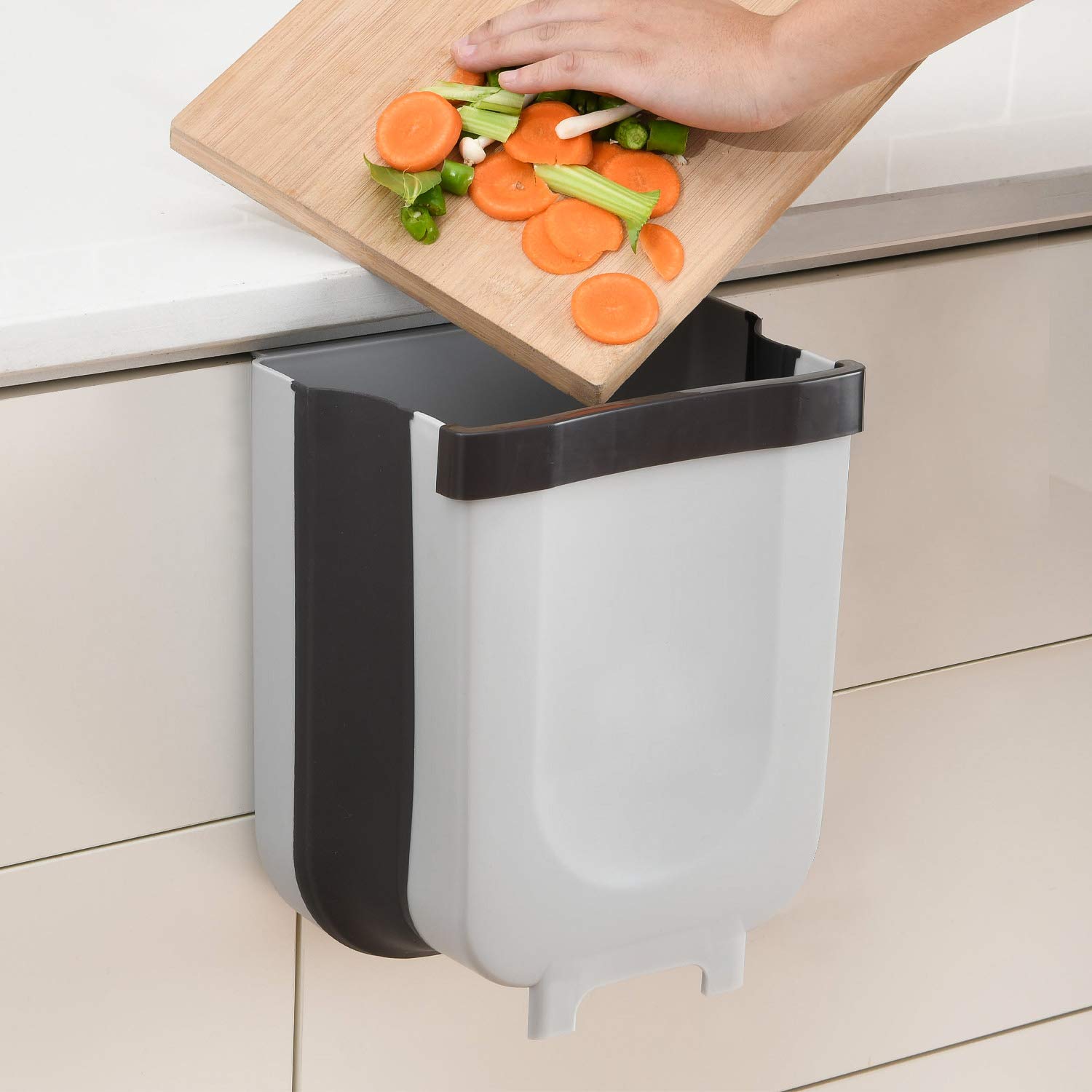
Standard Sizes and Capacities
Kitchen trash cans come in a range of standard sizes and capacities to accommodate different households and waste disposal requirements. The most common sizes include small, medium, large, and extra-large, with corresponding capacities measured in gallons. Small trash cans typically hold around 10 to 15 gallons, while medium-sized cans range from 20 to 30 gallons. Large trash cans can hold 30 to 45 gallons, while extra-large cans can accommodate 50 gallons or more. Understanding the standard sizes and capacities can help you narrow down your options and choose a trash can that suits your specific needs.
Household Considerations
When determining the appropriate size for your kitchen trash can, consider the size and composition of your household. Larger households with more occupants typically generate more waste and require a larger trash can to accommodate their needs. Conversely, smaller households or individuals living alone may opt for a smaller trash can with a more modest capacity. Consider the frequency of waste disposal and the volume of waste generated daily to ensure that your trash can size aligns with your household’s needs.
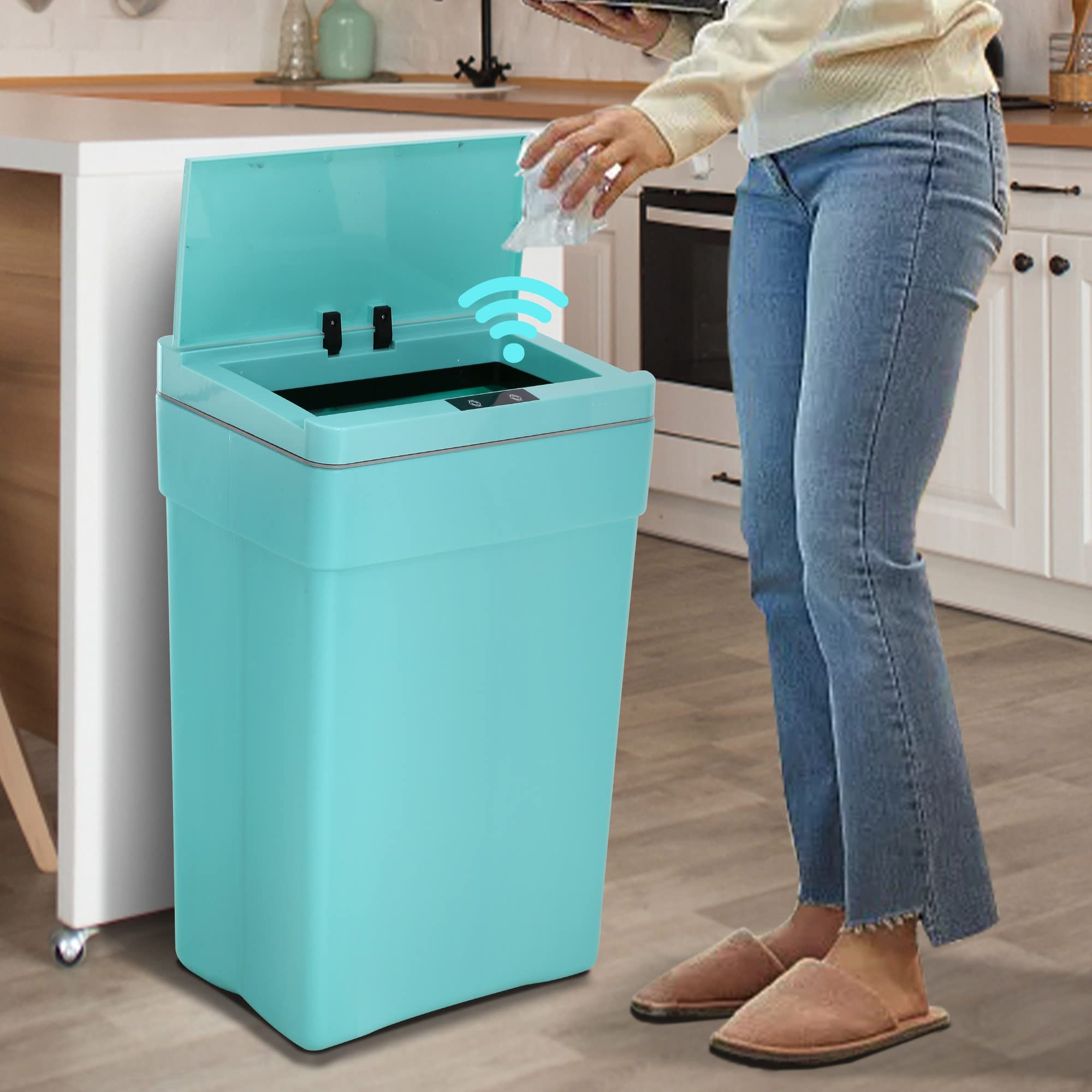
Waste Volume and Disposal Frequency
The volume of waste generated and the frequency of waste disposal are crucial factors to consider when choosing a kitchen trash can size. If your household produces a significant amount of waste on a daily basis, you’ll need a larger trash can with a higher capacity to avoid frequent emptying. Conversely, if you generate less waste or prefer to empty the trash more frequently, a smaller trash can may suffice. Consider your lifestyle, habits, and preferences when determining the appropriate size to ensure that your trash can meets your needs without being too large or too small.
Available Space
In addition to considering household size and waste volume, assess the available space in your kitchen for accommodating a trash can. Measure the designated area where you plan to place the trash can, taking into account any constraints such as cabinet clearance, countertop space, or proximity to other fixtures. Choose a trash can size that fits comfortably within the available space without obstructing walkways or interfering with other kitchen activities. Consider space-saving options such as slim or narrow trash cans if you have limited space available.
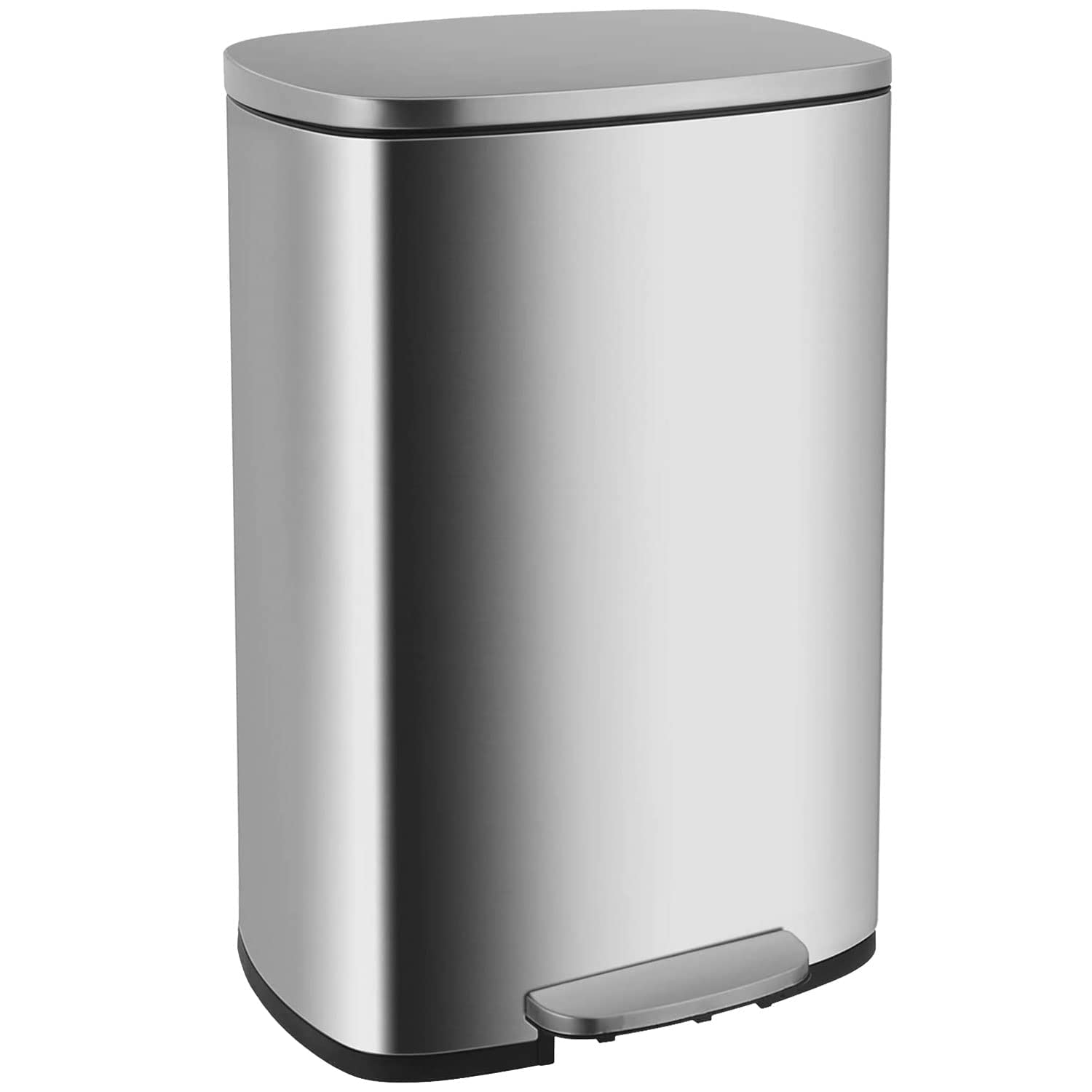
Functional Features and Design Considerations
When selecting a kitchen trash can size, consider functional features and design considerations that enhance usability and convenience. Look for features such as a secure lid to contain odors and prevent pests, a foot pedal for hands-free operation, and a removable inner liner for easy cleaning. Additionally, choose a trash can with a durable construction and a design that complements your kitchen decor and aesthetic preferences. By prioritizing functional features and design considerations, you can ensure that your chosen trash can size meets your needs while enhancing the overall functionality and appearance of your kitchen.
Customization and Modular Solutions
For households with unique needs or space constraints, consider customizable or modular trash can solutions that allow for flexibility and adaptability. Look for trash cans with modular components that can be configured and adjusted to accommodate different waste streams or disposal requirements. Explore customizable options such as stackable bins, compartmentalized organizers, or multi-compartment trash cans that separate recyclables from non-recyclables. By customizing your trash can setup to suit your specific needs, you can optimize waste management efficiency and maximize the use of available space in your kitchen.
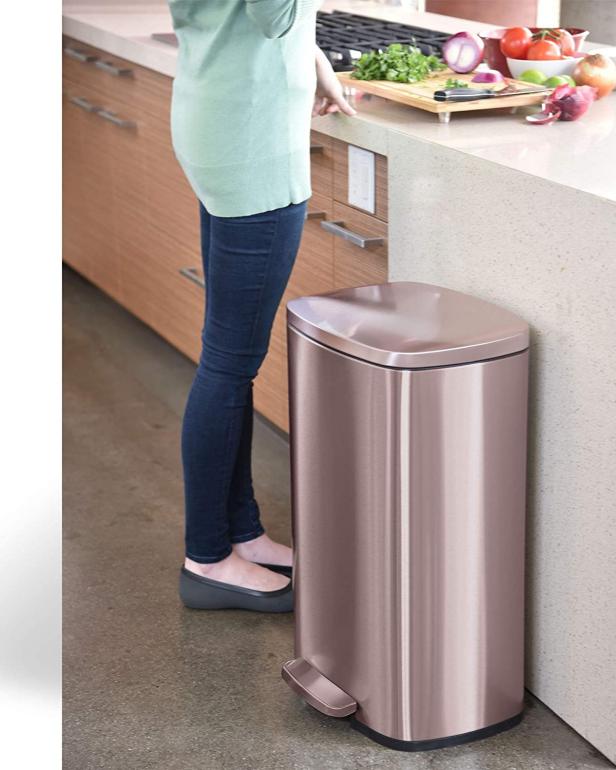
Considerations for Odor Control and Hygiene
In addition to size and capacity, it’s essential to consider features that help control odors and maintain hygiene in your kitchen trash can. Look for trash cans with lids that seal tightly to trap odors and prevent them from permeating your kitchen space. Some trash cans also come equipped with built-in odor-absorbing filters or compartments for storing odor-neutralizing products such as baking soda or activated charcoal. Additionally, choose trash cans with smooth, easy-to-clean surfaces and removable liners for hassle-free maintenance and sanitation. Prioritizing odor control and hygiene features ensures that your kitchen remains fresh and clean, even when disposing of organic waste or food scraps.
Specialized Solutions for Recycling and Composting
For households committed to sustainability and environmental responsibility, specialized trash can solutions for recycling and composting are indispensable. Consider investing in separate bins or compartments for sorting recyclables, such as paper, plastics, glass, and aluminum, to facilitate proper waste segregation and recycling practices. Similarly, explore composting solutions such as countertop bins or indoor composters for collecting organic waste and food scraps, which can be repurposed into nutrient-rich compost for gardening or landscaping. By incorporating recycling and composting into your waste management routine, you can minimize landfill waste and contribute to a more sustainable future for generations to come.
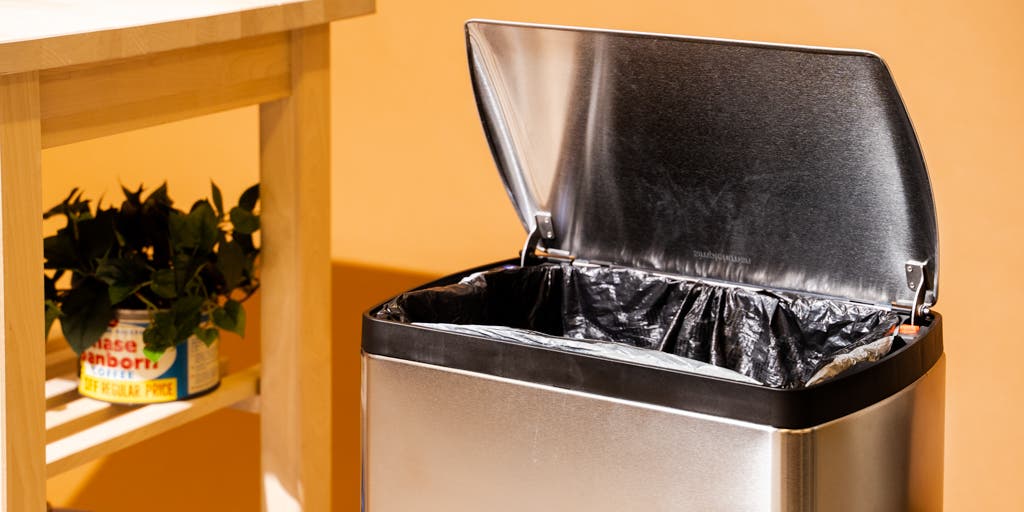
Multi-Purpose Functionality and Versatility
Optimize the functionality and versatility of your kitchen trash can by choosing multi-purpose solutions that serve additional purposes beyond waste disposal. Look for trash cans with built-in compartments or attachments for storing cleaning supplies, trash bags, or recycling bins, maximizing storage efficiency and reducing clutter in your kitchen space. Some trash cans even come equipped with integrated features such as paper towel holders, bag dispensers, or cutting boards, providing added convenience and utility. By selecting a multi-purpose trash can solution, you can streamline your kitchen workflow and make the most of limited space while maintaining a clean and organized environment.
Conclusion: Finding the Perfect Fit
Choosing the right kitchen trash can size is essential for effective waste management and maintaining a clean and organized kitchen environment. By understanding the average sizes and capacities available, considering household factors such as size, waste volume, and disposal frequency, and evaluating functional features and design considerations, you can find the perfect fit for your kitchen. Whether you opt for a small, medium, large, or extra-large trash can, prioritize functionality, durability, and compatibility with your kitchen space and lifestyle. With the right trash can size in place, you can streamline waste disposal, minimize clutter, and enhance the overall functionality and appearance of your kitchen.
